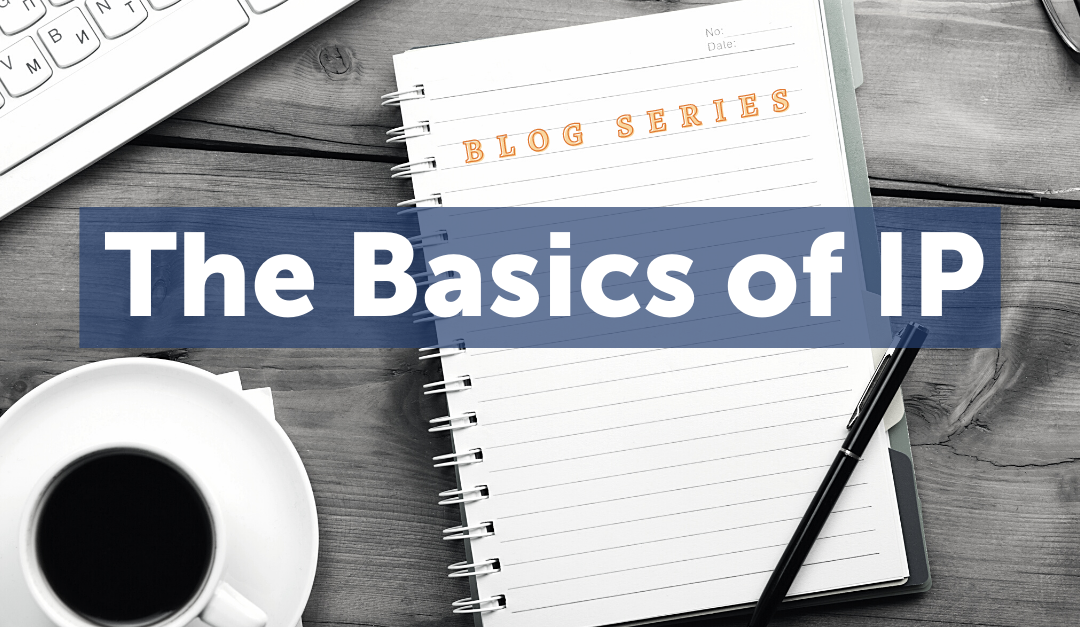This is Part 5 of our ‘Basics of IP’ blog series on trademark protection. You can find Parts 1, 2, 3, and 4 here. The following has been adapted from “Establishing Your Trademark Protection” , a Michelson IP animated short.
Say you have a small business and you want to trademark it. If you’re short on funds, you don’t have to register it with the federal government. You’ll still have the exclusive right to use your trademark in the geographic area in which you do business.
That’s what many small businesses do. Even Google used an unregistered trademark for its first six years in business, and only formally applied for registration later. However, there are important reasons why you should consider registering your trademark with the U.S. Patent and Trademark Office.
Sure, it will cost you $275 in filing fees plus the cost of an attorney — which can be as low as $200 and as high as $7,000. But you’ll get expanded protections, including the exclusive right to use the mark nationwide for as long as you’re in business.
Why registering for trademark protection could save your business
Let’s say you open a new burger chain, called Ron’s Burgers, and thanks to your hard work, good food, and clever marketing, it really takes off with the public. You then decide to expand the chain throughout the city. Since that requires a lot of extra capital, you recruit partners to fund the expansion.
Even if you start off as friends, as the money comes rolling in, there’s a chance that you and your partners may have a falling out. So you divide up the restaurants and go your separate ways. But who gets to keep the all important Ron’s Burgers brand, which has a loyal following now?
If you have properly registered your trademark in the beginning, ensuring your ownership, you’ll have the exclusive right to keep using the Ron’s Burgers trademark.
How do you register a trademark?
Simple. Just file an affidavit with the U.S. Patent and Trademark Office attesting to the date your trademark was first used in commerce. You’ll also need a specimen showing how the mark was used either in advertising, as a sign on your restaurant, or as a logo on the burger wrapper.
It is crucial that you identify the earliest provable date of your trademark’s first use in commerce, to lessen the chance that someone else can claim prior use of that mark.
What if you’re not ready to launch your business? You can file an “intent-to use” application. This allows you to apply for a trademark so long as you have a business plan or some other evidence that your business is more than a mere idea. You’ll then have six months to start commercial activity, or you risk having to pay extension fees or losing the mark entirely.
Trademarks are like gold. Once registered, you can assign it to others in the event you ever sell your business, or you can use it as collateral for a loan.
Many businesses do exactly that — they use their trademarks as collateral to secure loans on more favorable terms. A decade ago, Ford used its trademarks as collateral for a $23.5 billion loan. Ford was still able to use its trademarks. But if the company had defaulted on the loan, its trademarks would have gone to the bank.
Registering your trademark not only protects and promotes your business, but can also help fund the expansion of your business as well.
Download the Free Infographic Below
—
Continue on to Part 6 of this blog series. For more in-depth information on trademarks, check out the free online course Intellectual Property: Inventors, Entrepreneurs, Creators.
_________


Trademarks can be licensed to third parties. According to the Licensing Industry Merchandisers’ Association, licensed trademarks produced $5.45 billion in revenue for North American owners in 2012. The top 150 global brand licensors generated $230 billion in trademarked product sales in the same year, with the Walt Disney Company alone accounting for roughly $40 billion.